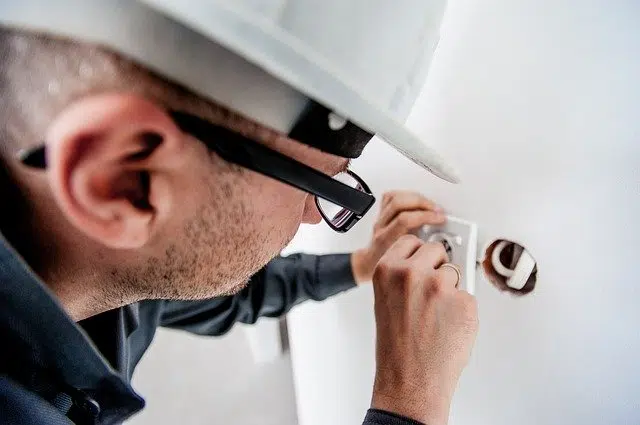
An electrical circuit interconnects several components in a closed path.
Circuit , from the Latin circuitus , is a term with multiple meanings. It can be used to name the route on a sharp curve or the terrain that is located within any perimeter.
Electrical , on the other hand, is that belonging to or relating to electricity (the physical property manifested by the attraction or repulsion between the parts of matter or the form of energy based on said property).
What is an electrical circuit
An electrical circuit , therefore, is the interconnection of two or more components that contains a closed path . These components can be resistors , sources, switches, capacitors, semiconductors or cables , for example. When the circuit includes electronic components, it is called an electronic circuit.
Among the parts of an electrical circuit, we can distinguish the conductors (cables that join the elements to form the circuit), the components (devices that allow charge to flow), the nodes (points of the circuit where two or more conductors meet) and the branches (set of elements of a circuit included between two consecutive nodes).
Classification according to type
Electrical circuits can be classified according to the type of signal (direct current or alternating current), the type of configuration (series, parallel or mixed), the type of regime (periodic current, transient or permanent current) or the type of components (circuit electrical or electronic circuit).

In a home, electrical circuits are essential.
The graphical representation of the electrical circuit is known as an electronic diagram or electrical schematic . This representation displays the components of the circuit with uniform pictograms according to certain standards , along with the interconnections (without these corresponding to the physical locations).
The preparation of said diagram is essential for the construction of an electrical circuit, since it represents the first step to follow. How well the circuit works depends on how well it is made, so it is very important to review it more than once and test the theory before proceeding.
How to build a simple electrical circuit
As mentioned in the previous paragraph, the first thing that is needed is to capture the design of the electrical circuit in a diagram , that is, in a graphic representation of its various components and their connections, using the appropriate symbols, according to conventions.
Once the scheme has been designed and tested, it is necessary to gather the following materials:
* 1 wooden board approximately 20cm x 20cm (a plastic or cardboard base can also be used);
* 1 electric bulb;
* 1 piece of extension cable that is considered necessary (if it is possible to have 2, each one of a different color, the better);
* 1 common battery (also called stack );
* 1 power switch;
* 1 lamp holder;
* electrical tape;
* glue;
The steps for constructing the electrical circuit are as follows:
1) Glue the battery , the switch and the lamp holder on the board;
2) Cut three pieces of cable, and strip their ends (if you have two-color cables, use one for the 2 negatives and the other for the positive);
3) Attach one of the pieces of cable to the negative pole of the battery and the other to the switch, making sure that the latter is in its off position;
4) From the other end of the switch, connect a wire of the same color as the previous one to the lamp holder;
5) Close the connection cycle by joining the lamp holder to the positive pole of the battery, using a cable of a different color than the previous one;
6) Place the bulb in the lamp holder, making sure it fits well, although without applying too much pressure, to prevent it from breaking;
7) To check that everything is working as expected, flip the switch, after which the light bulb should light up.
